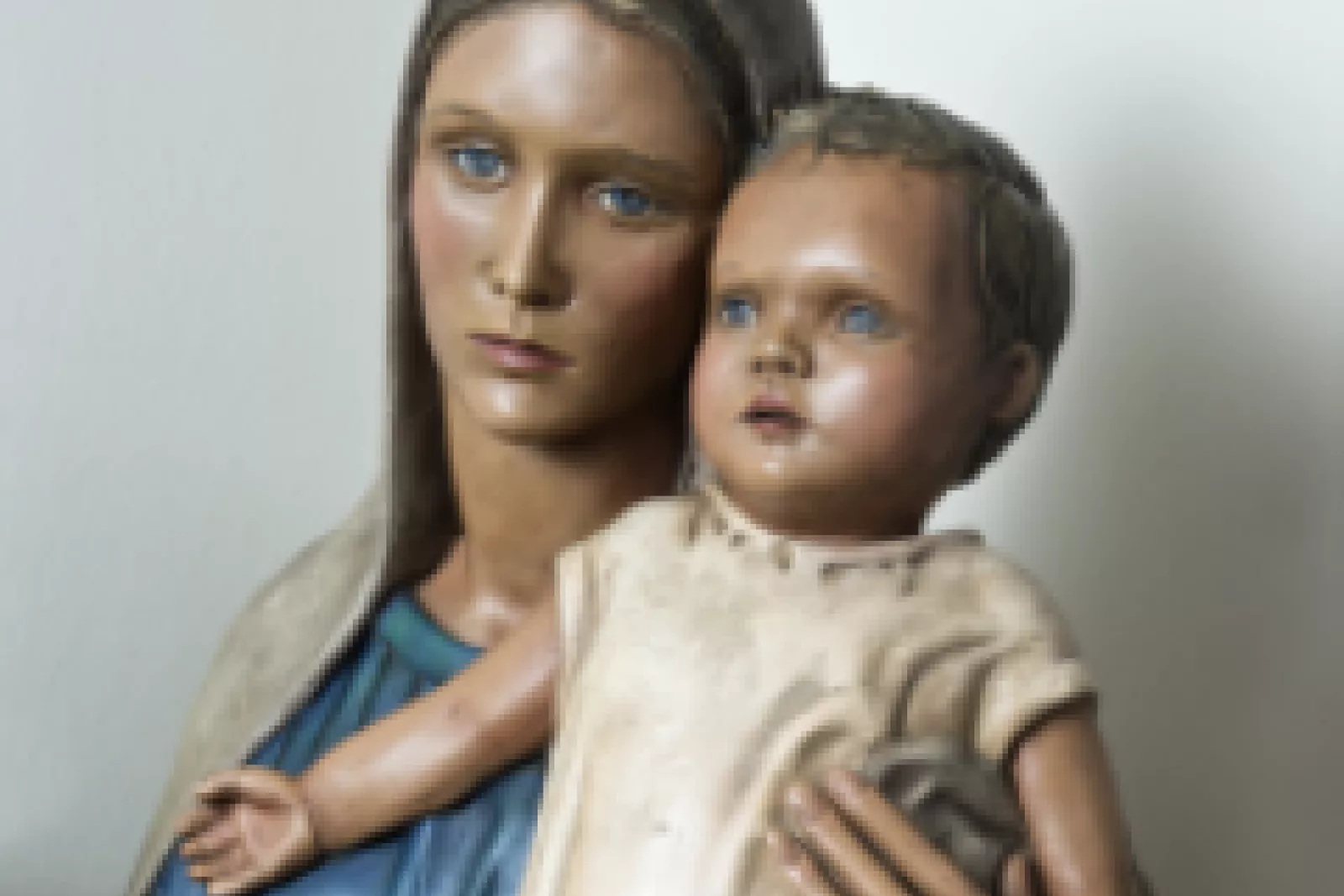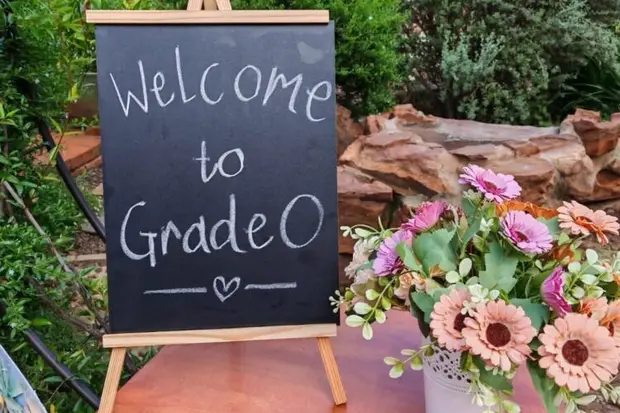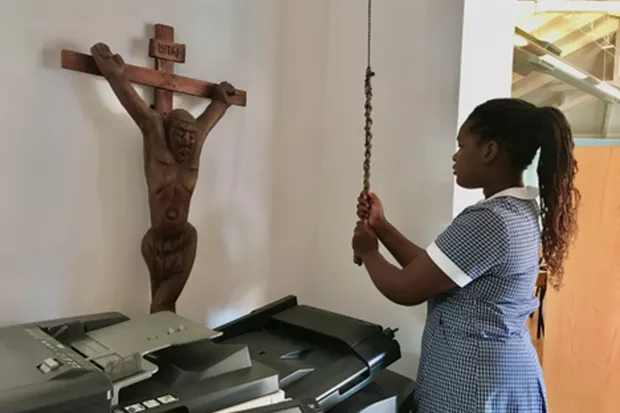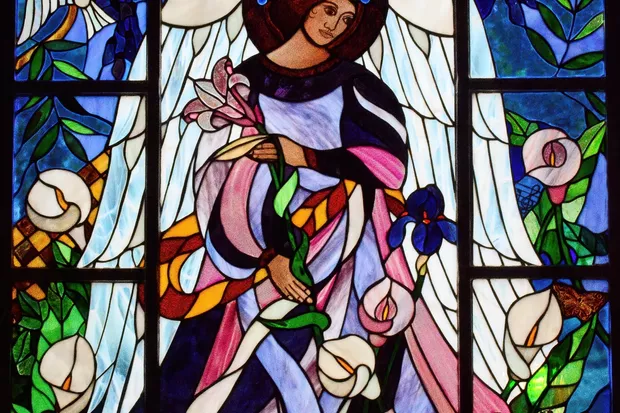From the Junior School head's desk: 8 March 2024

In her article this week, Revd Rakgadi speaks about St Mary’s as a school that values celebration, and she remarks that, “When we celebrate, we create traditions.” If we extend the idea of celebration to include aspects of campus life that we are not in the habit of considering celebratory – enjoyable activities or special events that happen in and around our classrooms – we begin to appreciate the broad application of the reverend’s statement in our daily life in the Junior School.
The pages of this newsletter are a living document of activities and events transforming into tradition in front of our very eyes – the distillation of experience into practice that shapes the culture of the institution and gives it a flavour that we come to recognise and call our own – and, with the passing of time, crave.
Sometime last year, Revd Rakgadi and I had a conversation, that turned into a contemplation, on the art works in the chapel and the religious art we see – and don’t see – around our campus. This discussion might have stayed at the level of wistful observation were it not for the reverend taking the initiative to approach academic staff in the Junior School (including me, deservedly) to present a series of reflections to the girls in chapel on everything from the statuary to the ironmongery to the mosaics that, again, they see and don’t see on campus, every week.
Mrs Oldfield-Sammons, our Little Saints Atelierista and Junior Primary Art teacher, kicked off the series of talks with her reflection on the Madonna and Child, familiar to every girl who has attended St Mary’s from the mid-1950s. “Our Lady”, moulded by Sister Janet, who also designed the chapel, still stands beside the wrought iron gates near the altar as she did around the time of the chapel’sdedication in 1952. The centenary book describes the ceremonies that marked the opening of the chapel and commemorates the celebrations with this anonymous quote from one of the girls: “I do not think that any of us who took part in those great days will quickly forget them or fail to thank God for them.”
Instead of confining her commentary to the statue only (on which, like many other St Mary’s artefacts, the archival information is regrettably sparse), Mrs Oldfield-Sammons gave the girls the kind of broad and enticing introduction to Christian art that someone comfortable and happily conversant with her subject matter can give. The range of the discussion extended from artworks in the Catacombs of Rome to Renaissance depictions of the Pietà (as well as South African artist, Wim Botha’s Mieliepap Piet from 2004) and to the representation of the Madonna figure (including Madonna Ciccone!) across different historical epochs and cultural traditions. The girls listened intently as Mrs Oldfield-Sammons explained the association of the colour blue with Mary’s garments (popping words like “lapus lazuli” into their rapidly growing lexicons), and introduced them to the idea of the Rome Catacombs and different beauty ideals across the ages.
Learning like this is a celebration; before you know it, it will be a tradition, too.
SARAH WARNER
JUNIOR SCHOOL HEADMISTRESS
Related News

Little Saints News

Grade 0 News

Grade 7 News

